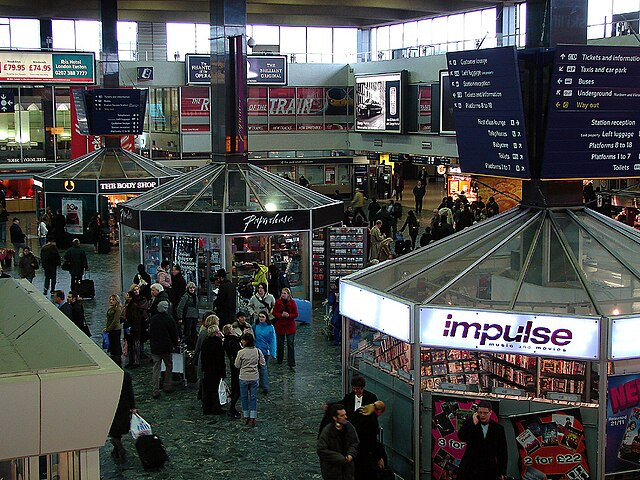The United Kingdom's economy demonstrated robust growth in the second quarter of 2024, expanding by 0.6% as it continued its recovery from the shallow recession of the previous year. This marks the second consecutive quarter of strong growth, following a 0.7% expansion in the first quarter, the fastest pace in over two years, according to data released by the Office for National Statistics (ONS) on Thursday. However, the momentum appears to be waning as the economy enters the latter half of the year, signaling potential challenges ahead.
The ONS data revealed that while the economy showed strength overall in the second quarter, growth slowed to a standstill in June, with monthly output growth flatlining after a 0.4% rise in May. The slowdown was attributed to factors such as adverse weather conditions that dampened retail sales and a significant 1.5% drop in healthcare activity, largely due to a strike by junior doctors.
The British pound saw a slight uptick following the release of the data, though the figures did little to alter expectations that the Bank of England (BoE) might implement further interest rate cuts before the year ends. The BoE has already trimmed rates once this year and may do so again as economic headwinds become more apparent.
Thomas Pugh, an economist at RSM UK, noted that political uncertainty in the lead-up to the July 4th general election, which resulted in a decisive victory for the Labour Party after 14 years in opposition, might have weighed on June's economic performance. "Overall, the UK economy has shown a solid performance in the first half of the year, but we need to see signs of rising incomes and confidence feeding through into actual spending and investment to drive growth over the next year," Pugh commented.
Suren Thiru, economics director at the Institute of Chartered Accountants in England and Wales, expressed concerns about the sustainability of the growth, citing the potential for continued high interest rates to dampen economic activity. "Wage growth is also likely to moderate, and the UK's long-term productivity issues remain unresolved," Thiru said, underscoring the persistent challenges facing the economy.
Earlier this month, the BoE adjusted its annual growth forecast for 2024, raising it to 1.25% from an earlier projection of 0.5%, buoyed by the stronger-than-expected start to the year. However, the central bank tempered its outlook for the latter half of the year, predicting a slowdown with growth expected to decelerate to 0.4% in the third quarter and 0.2% in the final three months-figures that align more closely with the economy's underlying growth potential.
The UK's economic recovery since the COVID-19 pandemic has been sluggish, with the economy expanding by only 2.3% between the final quarter of 2019 and the second quarter of 2024. Among the world's major advanced economies, only Germany has fared worse, largely due to the impact of surging energy costs following Russia's invasion of Ukraine.
Prime Minister Keir Starmer has set an ambitious goal for the UK economy, aiming for an annual growth rate of 2.5%, a level not consistently achieved since before the 2008 financial crisis. Meanwhile, Chancellor Rachel Reeves has targeted the UK to achieve the fastest per capita GDP growth among the G7 economies for two consecutive years. "The latest data highlights the scale of the challenge we face," Reeves stated, reiterating her commitment to making tough decisions to strengthen the country's economic fundamentals.
James Smith, a UK economist at ING, noted that despite the strong quarterly growth, it is unlikely to provide Reeves with additional fiscal flexibility for the upcoming budget on October 30. The UK's long-standing issues, such as low business investment and sluggish productivity growth, continue to constrain economic potential.
The ONS data also highlighted ongoing weaknesses in the economy, particularly in the manufacturing and construction sectors. While the services sector, driven by IT, legal services, and scientific research, was a key contributor to growth in the second quarter, manufacturing and construction output declined. Business investment fell by 1.1% year-on-year in the second quarter, reflecting continued uncertainty and caution among businesses.
The construction sector saw a 0.1% decline between April and June, driven by a drop in new building projects, although repair and maintenance work provided a slight offset. The ONS indicated that the pace of decline in construction is easing, but a broader recovery may depend on further interest rate cuts by the BoE.






